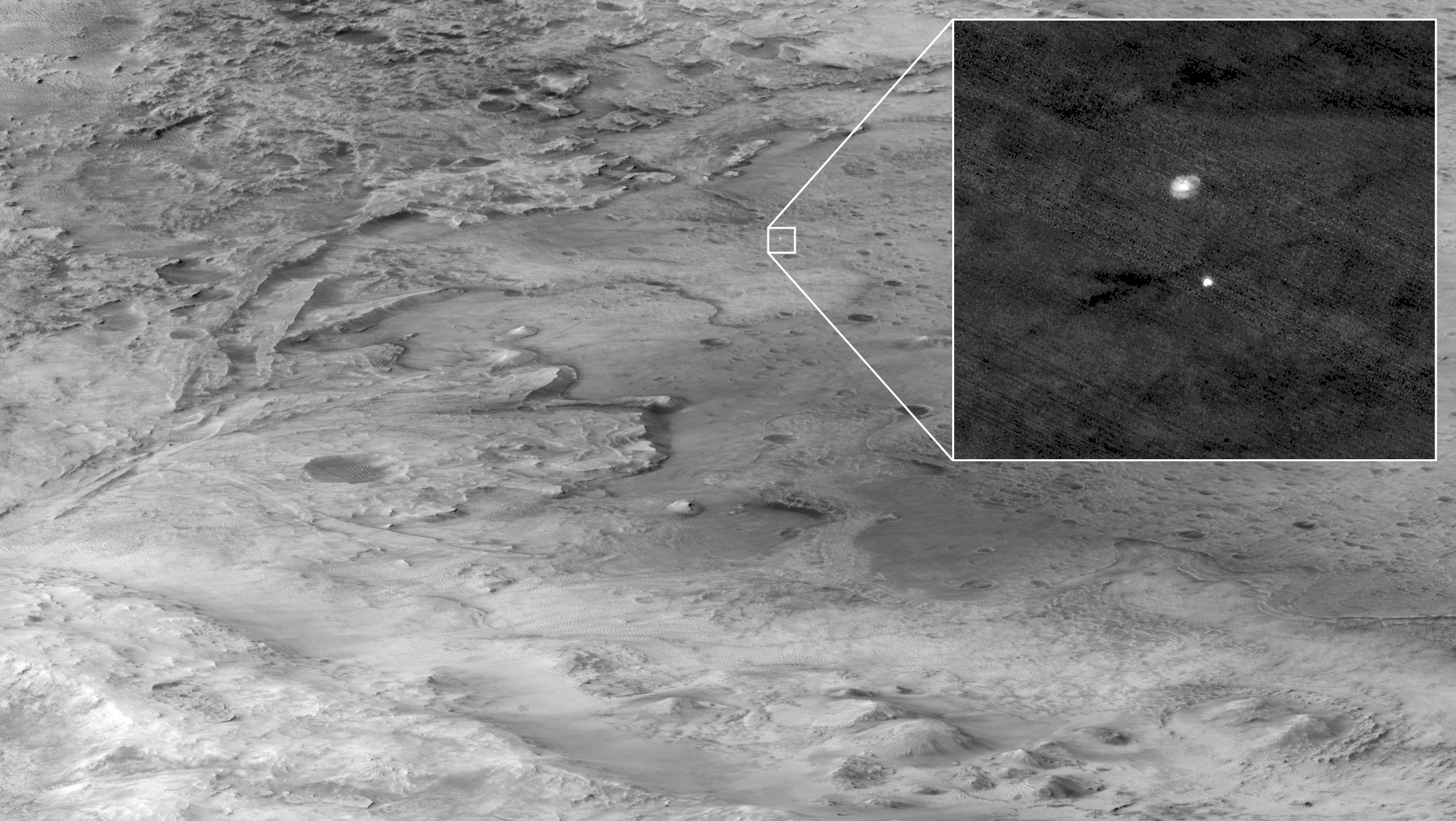National Aeronautics and Space Administration (NASA)’s rover discovered a mysterious boulder on Mars, CBS News reported Monday.
NASA’s Perseverance rover made a discovery in the Jezero crater on Mars, encountering a mysterious, light-toned boulder that differs from any previously observed Martian rocks. This finding occurred during the rover’s journey through the Neretva Vallis, a dried-up river delta, as it navigated towards a region in the crater’s rim to study sediment deposits, according to CBS News.
NASA rover discovers mysterious light-toned boulder “never observed before” on Mars
https://t.co/A9rsizrUi9— CBS News (@CBSNews) June 17, 2024
The boulder, dubbed Atoko Point, caught the team’s attention with its unique speckled, light-toned appearance amid darker rocks. It was said to be “in a league of its own,” measuring about 18 inches across and 14 inches tall, the outlet reported. The rock’s distinct mineral composition includes pyroxene and feldspar — minerals also found in Earth’s crust and on the moon.
Brad Garczynski, from Western Washington University and co-leader of the Perseverance mission, expressed the team’s excitement over the find, noting that Atoko Point and other rocks in the vicinity likely originated from different parts of Mars and were transported to Mount Washburn, where the rover discovered them, the outlet stated. (RELATED: NASA Wants YOU To Take Part In Yearlong Martian Mission. Here’s How To Get Involved.)

IN SPACE – FEBRUARY 18: In this handout image provided by NASA, the High Resolution Imaging Science Experiment (HiRISE) camera aboard the Mars Reconnaissance Orbiter captures the descent of NASA’s Perseverance Mars rover through the Martian atmosphere. (Photo by NASA via Getty Images)
Further investigation revealed that the minerals in Atoko Point could have stemmed from underground magma, suggesting a dynamic geological history involving significant volcanic activity and erosion at the Jezero crater’s rim, CBS News reported. This hypothesis is supported by the boulder’s possible displacement via ancient river flows, highlighting the complexity of Martian geology.
The rover’s latest mission at Atoko Point on Mars marks its fourth campaign, aimed at detecting carbonate and olivine deposits. These minerals are essential for uncovering the planet’s past environmental conditions and could contain ancient organic materials, shedding light on the possibility of past life on Mars, according to CBS News.












